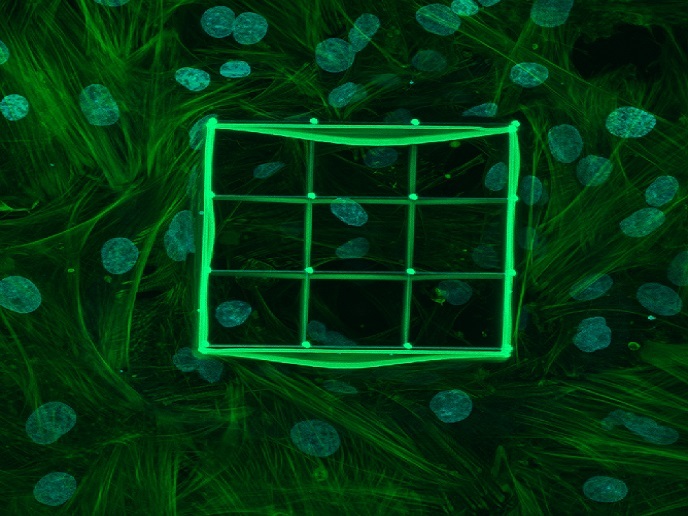Novel scaffolds to treat degenerative bone diseases
OA and OP result from various mechanical and biological processes that modify cartilage homeostasis. This induces progressive deterioration and sclerosis of articular cartilage and sub-chondral bone, malformation of the overall bone structure and bone fragility. Current pharmacologic and implant-based solutions exhibit limited efficacy and are often poorly tolerated. In this context, the EU-funded 'Composite phenotypic triggers for bone and cartilage repair' (OPHIS) project aims to develop new, engineered biomaterials for bone regeneration in OA and OP. The biomaterials developed by the OPHIS consortium are based on the unique combination of biopolymeric scaffolds with nanostructures that mimic the extracellular matrices (ECMs) of either bone or cartilage. At the same time, these scaffolds support the chemical and biochemical requirements of both osteoblasts and chondrocytes. The innovation in the OPHIS bioactive and biomimetic substitutes is the texture and mode of injection. Partners are generating malleable constructs in the form of hydrogel that could be implanted under minimally invasive surgery or injected in lesions. Regarding the scaffolds for OA, various macromolecular matrices have been tested and mineralised with biomimetic hydroxyapatite nanoparticles to mimic the different compartments of the osteochondral region. The bone cements intended for OP support osteoconductivity and are based on calcium phosphates. These ceramic pastes will harden in contact with physiological fluids in less than 20 minutes. Strontium (Sr) is recognised as an efficient anti-osteoporotic agent as it stimulates the activity of osteoblast cells and prevents bone resorption. Incorporation of Sr ions in the hydrogel scaffolds is expected to address bone regeneration. Combined with nanobeads functionalised with osteogenic, angiogenic or other growth factors, the overall functionalisation of OPHIS three-dimensional (3D) scaffolds is aimed at supporting cell differentiation. Following in vitro testing to verify their cellular compatibility, the biomaterials developed by the OPHIS consortium hold great exploitation potential and could prove beneficial for sufferers of degenerative bone disorders.







